What is Sri Lankan cuisine?
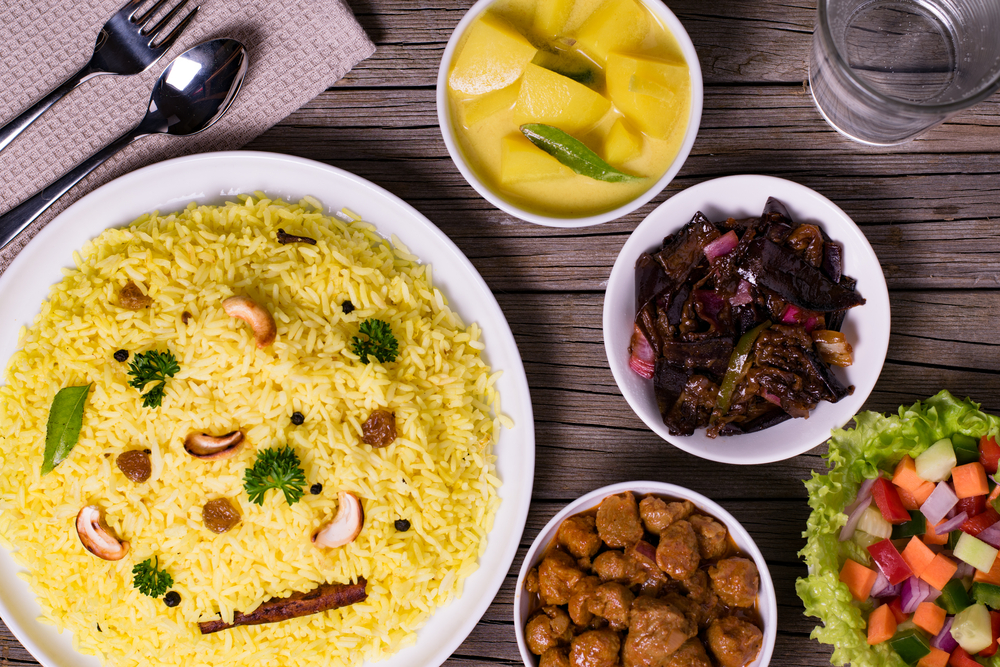
Cuisine, food & drink in Sri Lanka have strong influences from countries such as India & Netherlands. The island has a plethora of sweet, savory, spicy and medicinal food native to the country. The local population love to cook food using a huge variety of spices easily available throughout the country for very cheap prices.
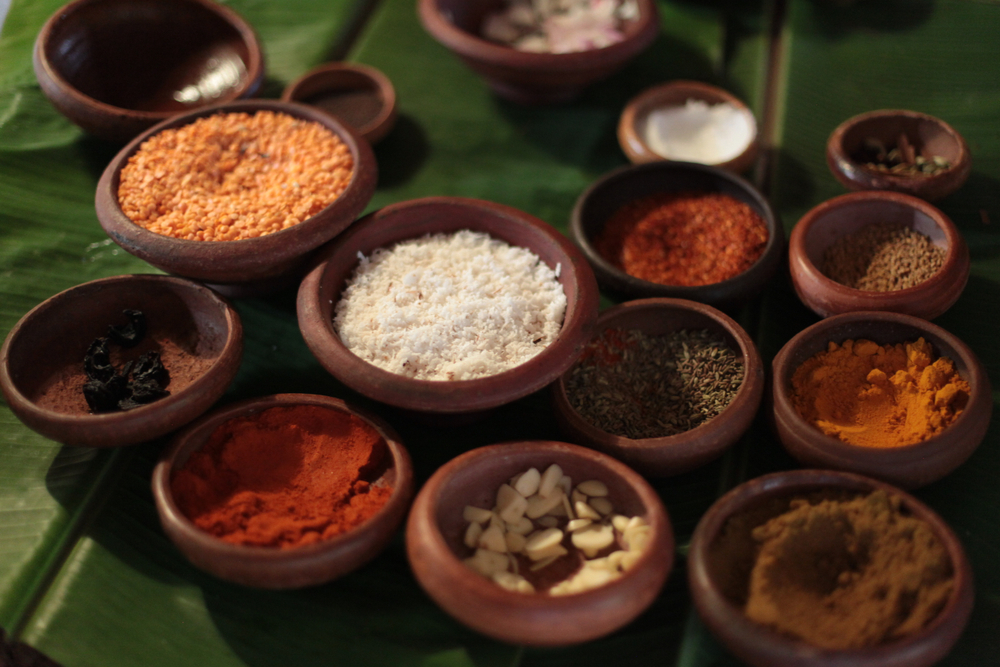
Sri Lankan Food is closely associated with its equally tasteful traditions & customs. The local cuisine is one of the most authentic ways for a tourist to experience the genuine Sri Lankan culture.
From time to time, new items get added to the mainstream culture. One such example is the beloved “kottu“, a dish made from fried roti (flatbread) vegetables, eggs, spices and meat. The local population has integrated certain food items into their life very intimately. When friends meet up after a long time, it’s very common to go for a kottu!
Here are a few of Sri Lanka’s most famous traditional dishes.
Rice & Curry
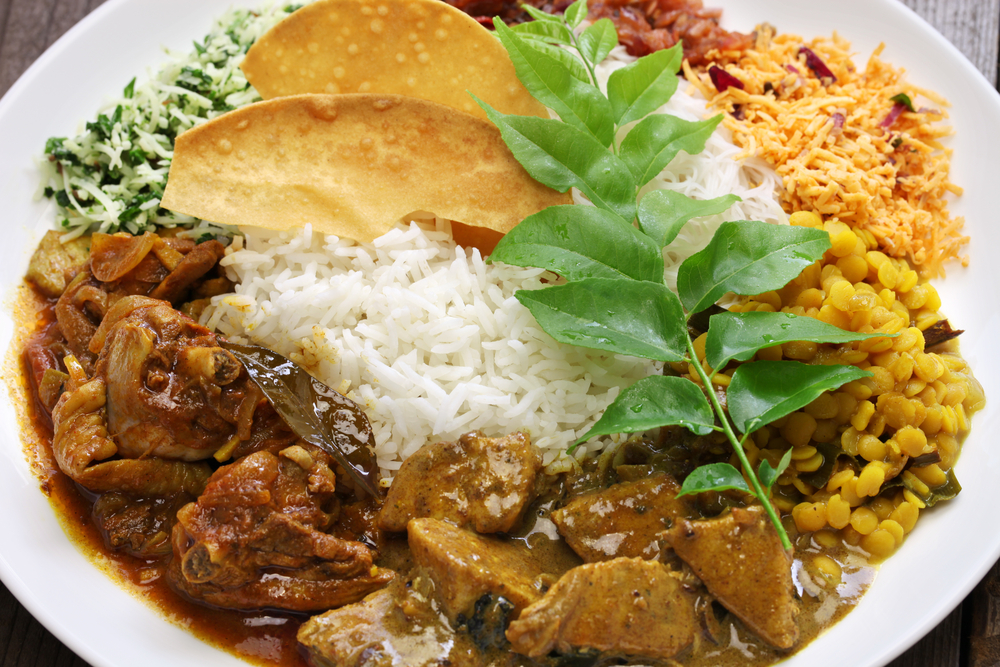
Being the central feature of Sri Lankan cuisine, one can only imagine the dozens of curry combinations that go with cooked rice. Except under extraordinary circumstances, you can almost be sure that Sri Lankans will have at least one meal of rice & curry per day. Some families sometimes have even 3 Rice & Curry meals a day. Since ancient times, Sri Lanka has been a hydraulic civilization and agriculture has played a central role in the lives of Sri Lankans throughout history. Usually, rice is prepared with egg/fish/beef/chicken/pork as the primary dish alongside about 3 other vegetable curries that go well together when combined.
Milk Rice (Kiribath)
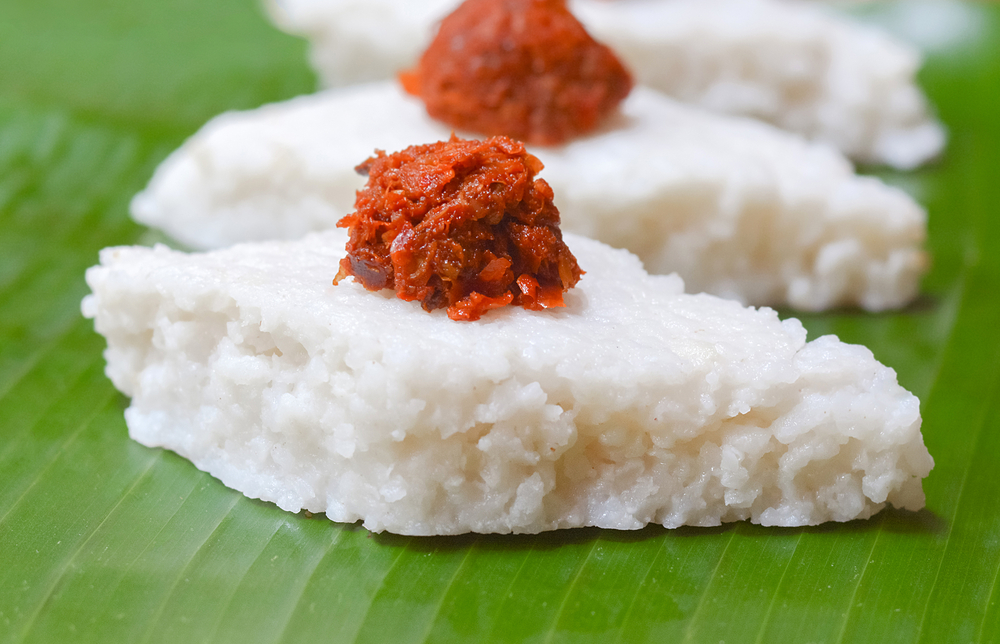
The term Kiribath is a combination of two Sinhalese words, Kiri (Milk) and bath (Rice). This simple delicacy is prepared with just a few easy steps. The rice is first boiled for about 15 minutes, before being cooked again with coconut milk and a few teaspoons of salt until the rice absorbs the milk. This dish is perfect with either Kithul Pani (Palm Syrup) or sugar. It goes well with dry fish/fish/chicken/beef and other spicy curries like Katta sambol or lunu miris.
Milk rice plays an important role in the Sri Lankan culture as an auspicious dish. During the Sinhala & Tamil New Year on the April 14th, milk rice is prepared to bring prosperity and success in the coming year. The day the LTTE (Tamil Tigers) was defeated, the whole country cooked kiribath the next day and volunteers fed weary travellers and daily commuters. This custom is also practiced on Vesak to celebrate the dawning of peace.
Katta sambol is a hot and spicy dish best served with Hoppers, milk rice or pittu. Sambol is the word used to describe a dish or garnish that is prepared using only raw ingredients. Prepared with red chili flakes, onions, Maldive fish flakes and a few other ingredients, this dish is very hot and spicy. But it doesn’t stop anyone from going for a few more big scoops of Katta sambol with every meal!
String Hoppers
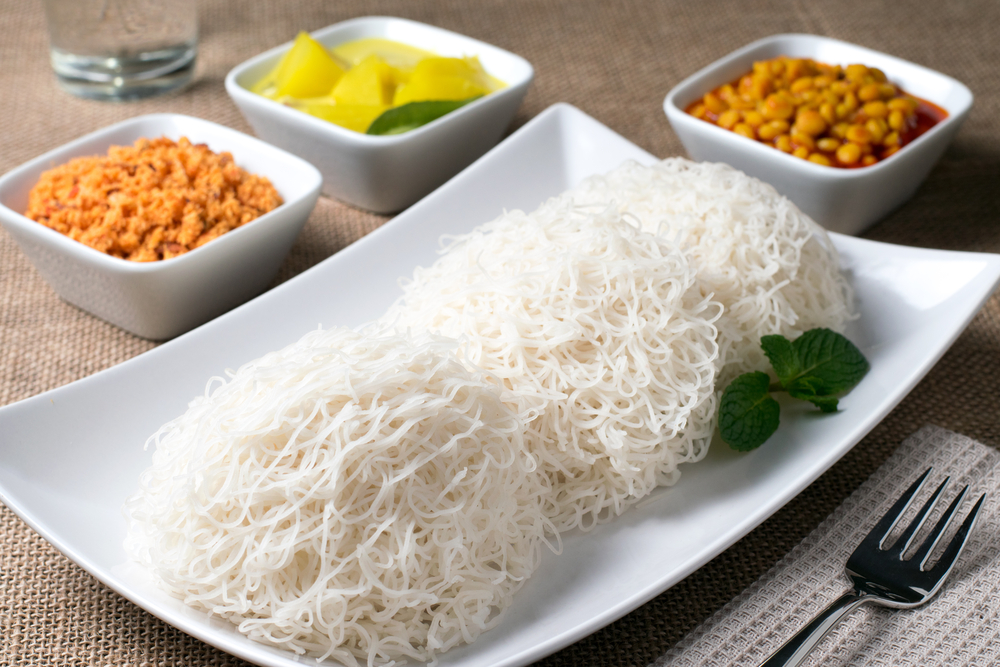
Strong hoppers are made from a thick rice flour batter, which is squeezed into noodle-like strings and then steamed or fried. String hoppers is a must try item in Sri Lanka and it’s served with a variety of sides, the most popular of which is pol sambol.
Hoppers
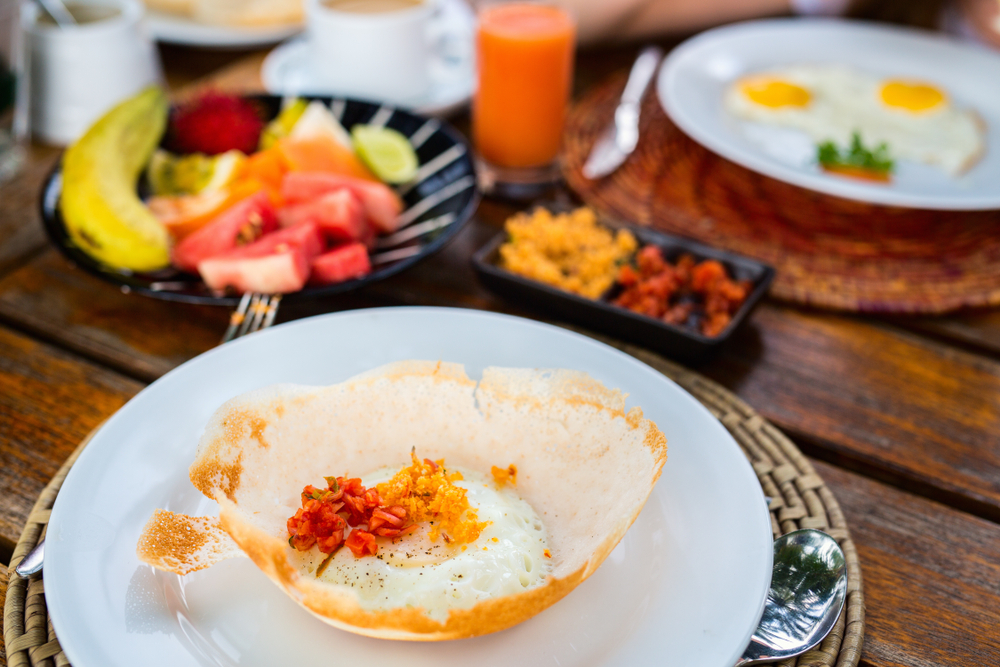
Hoppers are prepared with a rice flour batter, which is poured into a bowl-shaped frying pan and fried. The shape of the pan makes the center of the hopper thicker and the edges thin and crispy. You can have the hopper fried with an egg in the middle or, if you have a sweet tooth, have it served with honey! Hoppers can be enjoyed for breakfast and lunch and are one of Sri Lanka’s most popular street food items.
Pittu
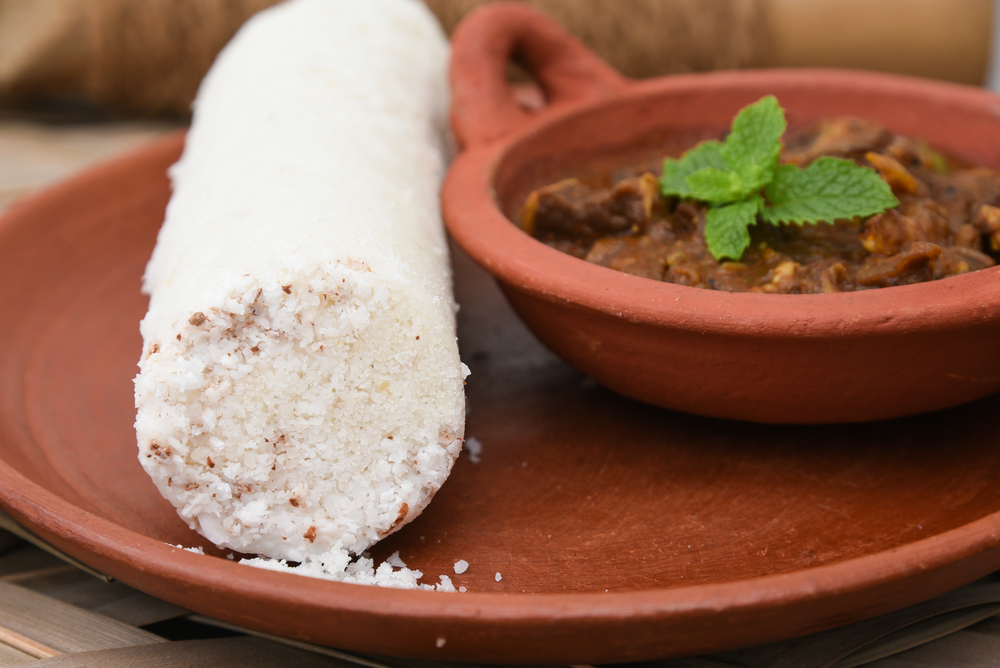
These steamed cylinders of ground rice layered with coconut are highly popular among locals. Pittu (known as “puttu” in Tamil) absorbs copious amounts of liquid easily, so it should be enjoyed with coconut milk or curry (usually beef or chicken) with plenty of gravy. Pittu is mostly enjoyed as a breakfast meal and you can find it at almost any hotel or restaurant.
Parippu (Dhal)
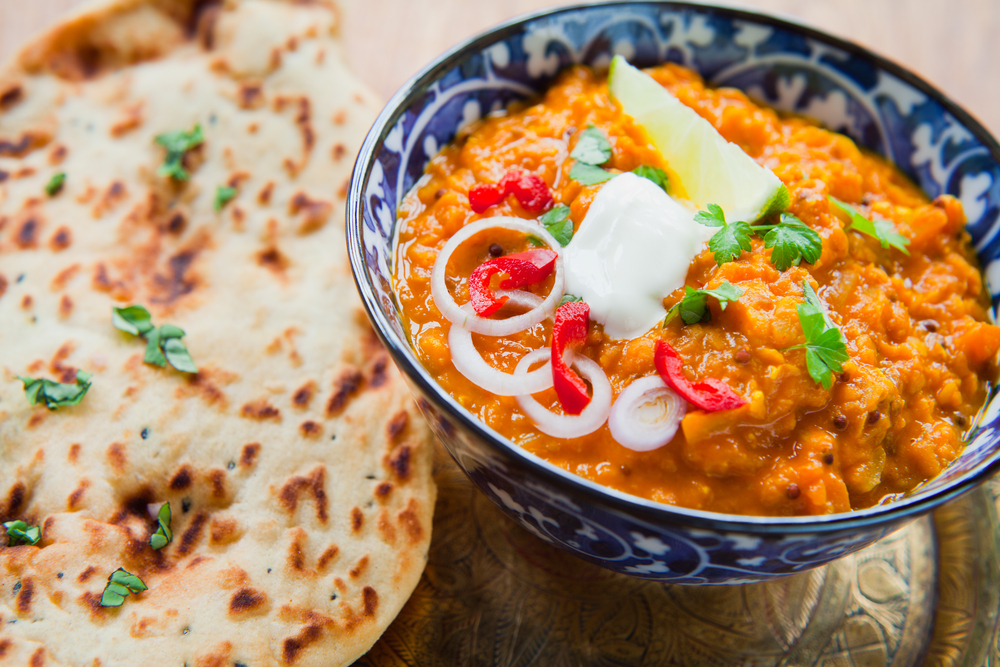
Dhal or Parippu is a staple food that makes it’s way almost to any meal with rice or string hoppers. Parippu has become such a darling of Sri Lankan cuisine that has won the hearts of Sri Lankans and foreigners alike. Outrageously delicious, parippu is prepared with lentils, coconut milk and a rich combo of spices – yum!
Pol Sambol
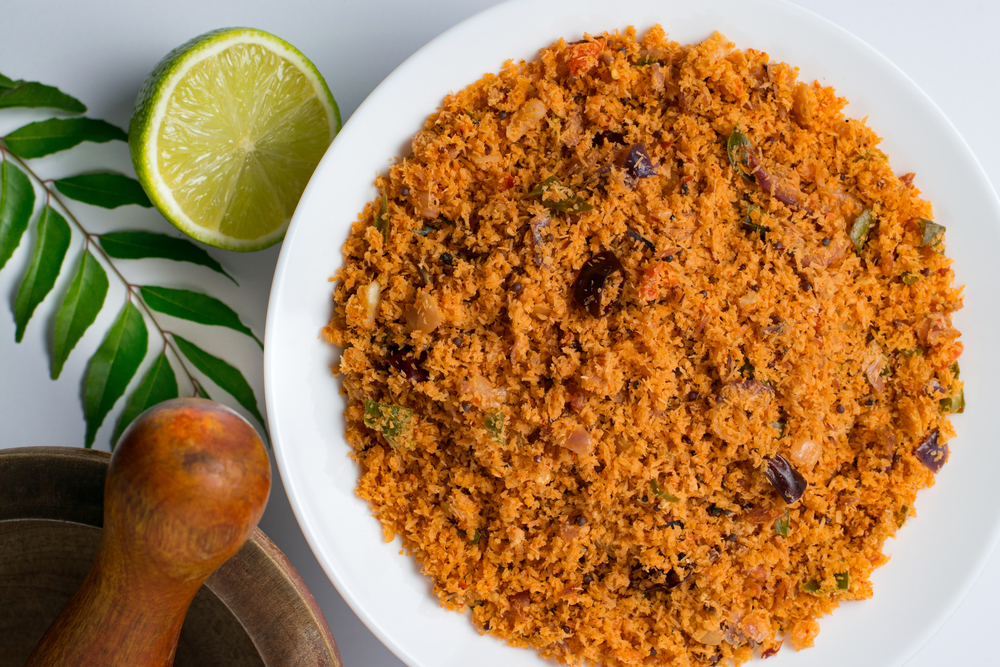
Sambol dishes are very easy to prepare, yet they never cease to impress. This delicacy is prepared with desiccated coconut, onions, red chili flakes, tamarind and salt. Pol Sambol goes perfectly with rice, hoppers, string hoppers, bread, curry roti or well, almost anything! This is a must try for tourists travelling through Sri Lanka.
Roti
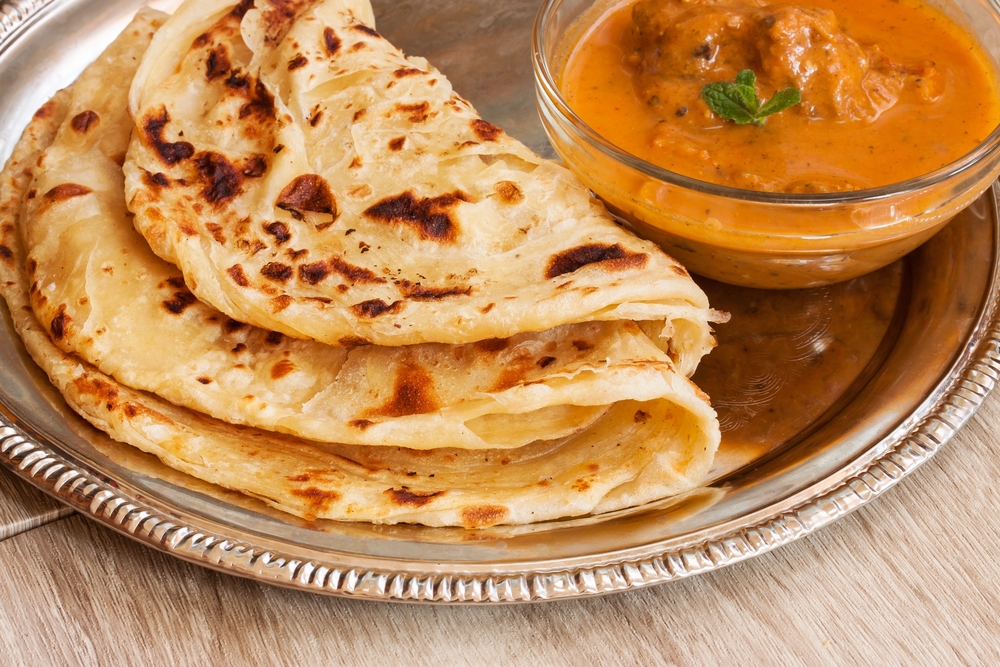
The Sri Lankan version of flatbread is prepared with wheat flour. There are different ways of preparing roti; some popular examples are Gothamba Roti, Parata and pol roti. Roti is a popular side to be enjoyed with or instead of rice and goes perfectly well with all curry!
Kottu Roti
Invented in the Batticaloa district, kottu has been an integral part of the Sri Lankan culture for the past few decades. This simple yet delicious dish is a stir-fried mixture of shredded roti and vegetables. You can add a mixture of egg, beef, chicken or cheese depending on your preferences for a sensationally satisfying dish. Variants of kottu were later introduced and popularized such as the dolphin kottu and the legendary cheese kottu. Cheese kottu is generally the most expensive kind and a good cheese kottu will cost around 450 Rs. (About 3 USD).
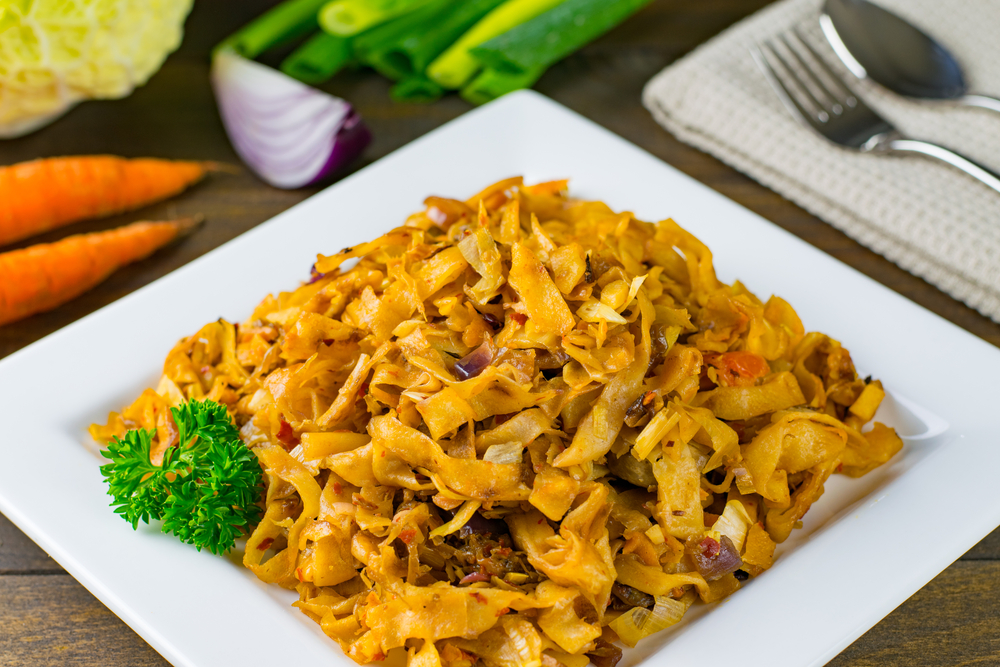
Kottu is so popular in Sri Lanka that people have even written songs and poems to express their love of this humble street food.
What other cuisines are present in Sri Lanka? Is there international food?
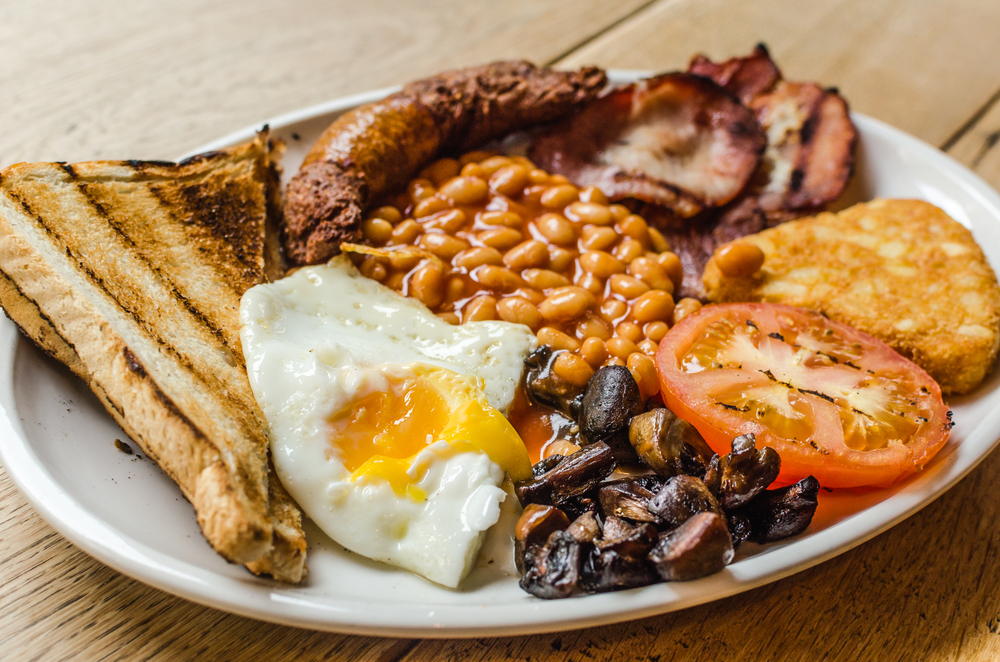
If you have a sudden craving for a burger, subway, or a bucket of crispy KFC chicken, there are plenty of fast food chains spread across the country. There’s no shortage of places to try Western, Indian or Chinese food. However, if you want to try Turkish or Arabic cuisine, there are only a handful of restaurants in the capital city, Colombo.
But with an enormous chain of 5-star hotels around the country, chances are you can get any food you feel like eating!
Is Sri Lankan food halal?
Sri Lanka has a considerably large community of Muslims living all over the country, so it’s easy to find halal food in most areas. If you plan on cooking yourself, almost all supermarkets have halal meat for sale.
Many restaurants around Sri Lanka use halal meat, so you can ask a waiter if the meat they use is halal. They will be very quick to assist you in making a suitable meal choice.
Is it cheap to eat in Sri Lanka?
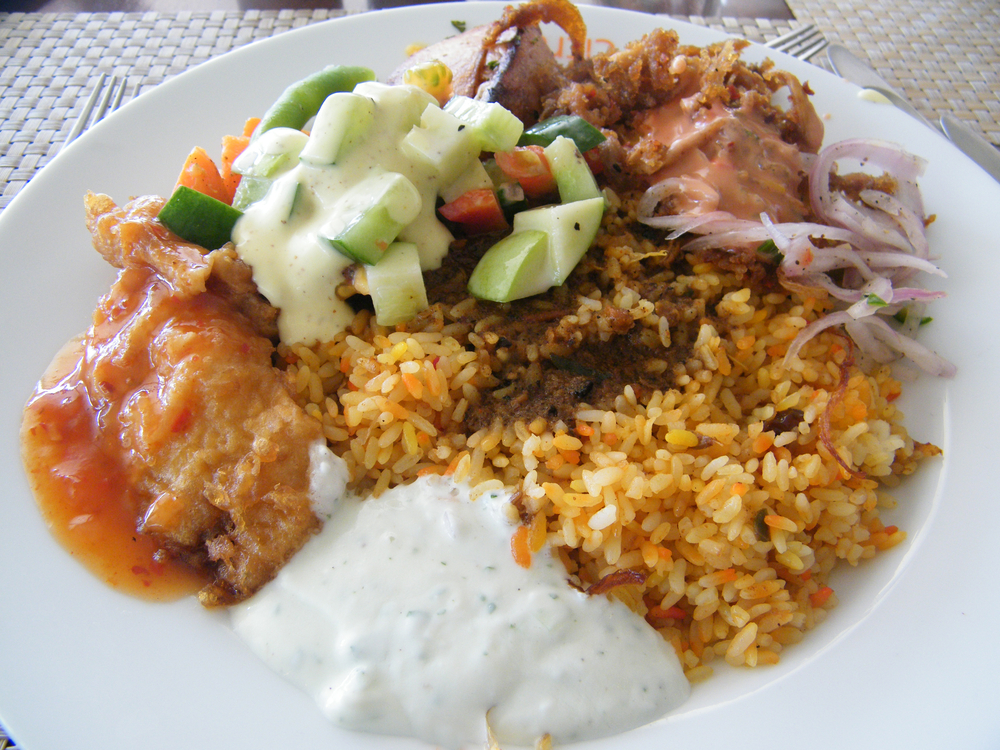
There’s a food price for both ends of the spectrum when it comes to cuisine, food & drink in Sri Lanka.
Food in Sri Lanka is generally considered inexpensive. Street food, low-end hotels and local restaurants are very cheap. But don’t be fooled into thinking that a lower price means poorer quality food! Often, street food is fresher, higher quality and tastier than in the most luxurious food spots.
However, if you do want a taste of fine-dining during your trip to Sri Lanka, it’s not hard to find a fancy restaurant, though this will come at a price! Also, most luxury hotels focus on foreign dishes since tourists are the hospitality industry’s primary source of revenue. Thus, you are more likely to find authentic traditional dishes in a local restaurant than at a gourmet cafe!
Is cuisine, food & drink in Sri Lanka good for kids?
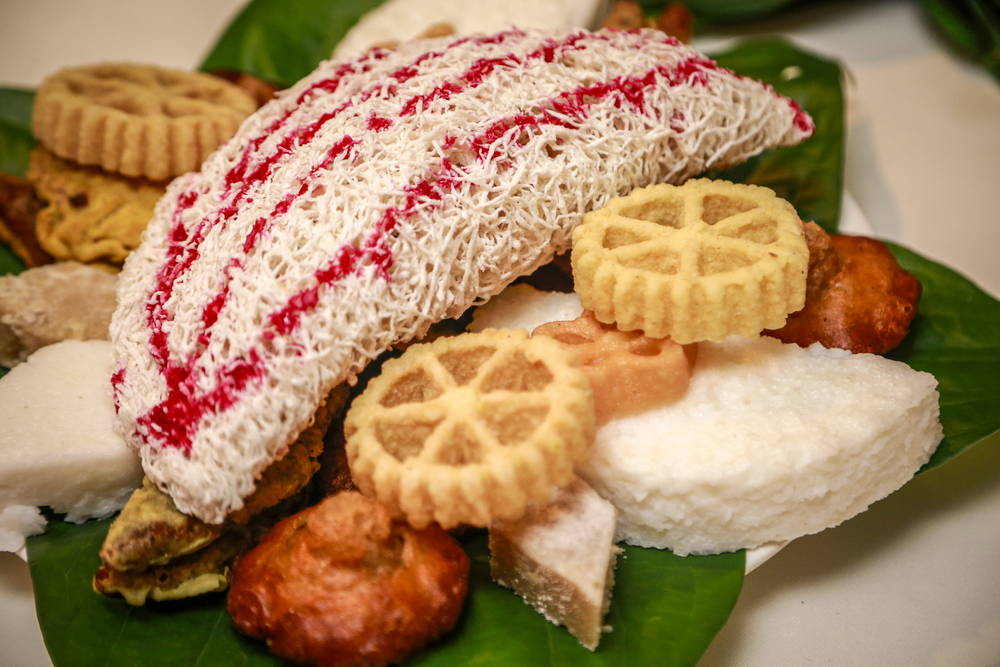
Sri Lankans care greatly about what goes into their food. Most vegetables and other ingredients used are homegrown by local farmers and the government has imposed rules to maintain the safety and quality of crops, condiments & spices. Food in Sri Lanka is, therefore, both high in quality and delicious.
Although many Sri Lankan dishes may be too heavily spiced to appeal to young children, the country has plenty of kid-friendly dishes, too. Hoppers and kottu, in particular, are a hit among everyone – even children!
Is Sri Lankan food good for vegetarians and vegans?
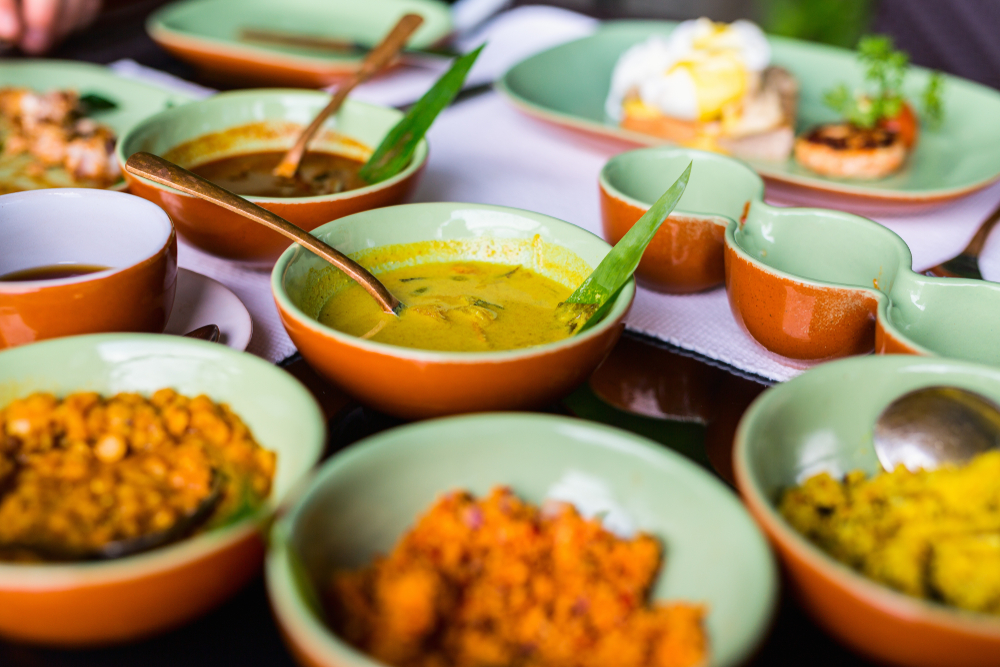
Sri Lanka has plenty of vegetarian hotels and restaurants, as the country’s second largest community is Tamil. The Tamil community is largely vegetarian and it’s very easy to find Tamil restaurants all over the island. Even though the food contains no meat, the chefs here know how to make the best use of soya and have mastered the culinary art of plant-based cuisine. Veggie dishes as poori, chappathi, ghee thosai, masala thosai and countless other delicacies have made their way into the mainstream culture. Today, there is an abundance of food outlets in Sri Lanka that cater not only to vegetarians but to vegans, too.
Is cuisine, food & drink in Sri Lanka good for gluten intolerant people?
Unlike in Western countries, awareness of gluten intolerance is not yet widespread in Sri Lanka. So if you are gluten intolerant, you may have a hard time trying to verify the gluten content of your meal. In fact, you may find that few locals have even heard of the condition. This is mainly because gluten intolerance is not a common problem among Sri Lankan people.
